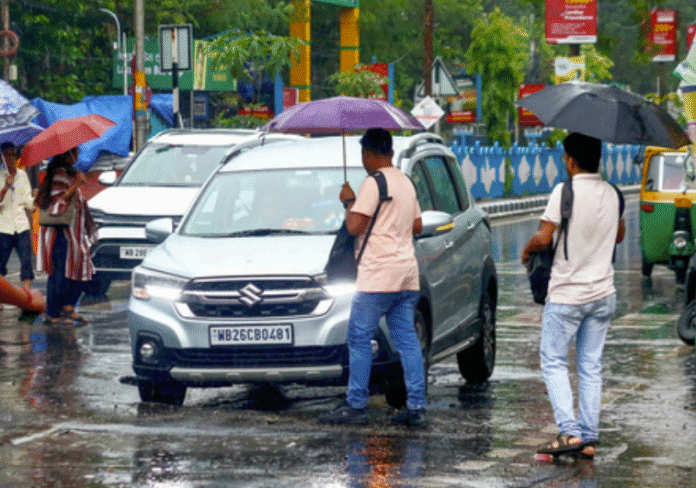New Delhi– The India Meteorological Department (IMD) has issued an optimistic update on the 2025 Southwest Monsoon, forecasting above-normal rainfall for most of the country during the critical June to September period. The latest report, released Tuesday, projects all-India rainfall at 106 percent of the Long Period Average (LPA), with a model error margin of ±4 percent.
This forecast bodes well for India’s agriculture sector, water availability, and rural economy, although it also calls for preparedness against potential weather-related disruptions.
Central and South Peninsular India—key agricultural regions—are expected to receive above-normal rainfall, while Northwest India is likely to experience normal precipitation. However, Northeast India may see below-normal rainfall, raising concerns for ecosystems and local farming in that region.
The Monsoon Core Zone, which covers the majority of India’s rainfed farming areas, is forecast to receive above-normal rainfall—an encouraging sign for the upcoming Kharif crop season. June, the onset month of the monsoon, is also expected to bring above-normal rainfall across the country, aiding early sowing activities and replenishing groundwater levels.
Most of India is projected to receive normal to above-normal rainfall in June, though some areas in the southern Peninsula, Northwest, and Northeast may face below-normal levels.
Temperature trends are mixed. While maximum temperatures are expected to remain normal to below normal in much of the country, parts of Northwest and Northeast India may experience higher-than-average highs. Minimum temperatures are projected to be above normal across most regions, except in parts of Central India and the southern Peninsula, where they may be closer to or below average.
One positive note: the number of heatwave days is forecast to be below normal in most of Northwest, Central, and East India, potentially easing early summer stress.
Key climatic drivers such as the El Niño–Southern Oscillation (ENSO) and Indian Ocean Dipole (IOD) are currently in neutral phases. However, a weak negative IOD could emerge during the season, warranting close monitoring for any influence on rainfall patterns.
The IMD’s breakdown by meteorological subdivisions shows that 34 out of 36 regions—including major agricultural states like Punjab, Haryana, Gujarat, Maharashtra, Andhra Pradesh, Tamil Nadu, and Kerala—are expected to receive above-normal rainfall. Only Arunachal Pradesh and Assam & Meghalaya are likely to see below-normal rain, while some hilly and northeastern areas may experience near-normal conditions.
This encouraging outlook brings the potential for strong crop yields, reduced irrigation strain, and overall rural economic support. Still, the IMD urges vigilance against hazards such as flooding, landslides, and waterborne diseases, especially in densely populated or ecologically sensitive areas.
The IMD will continue to provide extended and short-to-medium range forecasts through its official channels to support timely planning for farmers, policymakers, and disaster management agencies.
With strategic planning and responsive action, the 2025 monsoon could become a key driver of agricultural and economic resilience across India. (Source: IANS)













